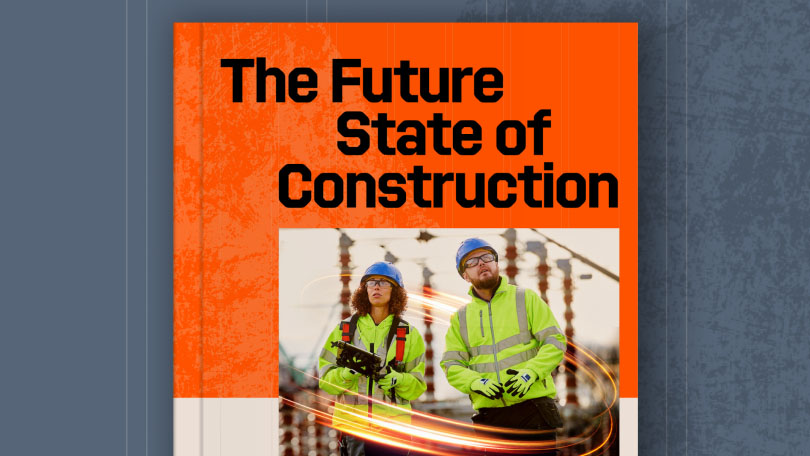Related Articles
— 7 min read
How AI is Reshaping Decision-Making and Project Resilience in Civil Construction

Last Updated Sep 10, 2025

Preeya Selvarajah
Senior Product Marketing Manager
Preeya is a Senior Product Marketing Manager at Procore, where she leads go-to-market strategy, product positioning, and competitive intelligence across the APAC region. With nearly two decades of experience in enterprise SaaS, she has worked across construction management tech, industrial automation, telematics & fleet management, and ERP solutions, bringing domain expertise and a customer-centric approach to her work. At Procore, she partners with product, sales, and customer teams to articulate how Procore's platform capabilities such as digital project delivery, quality & safety, and construction financials drive measurable impact on-site and in the office. Preeya is passionate about helping construction businesses unlock digital transformation and make smarter, data-driven decisions at scale.
Last Updated Sep 10, 2025
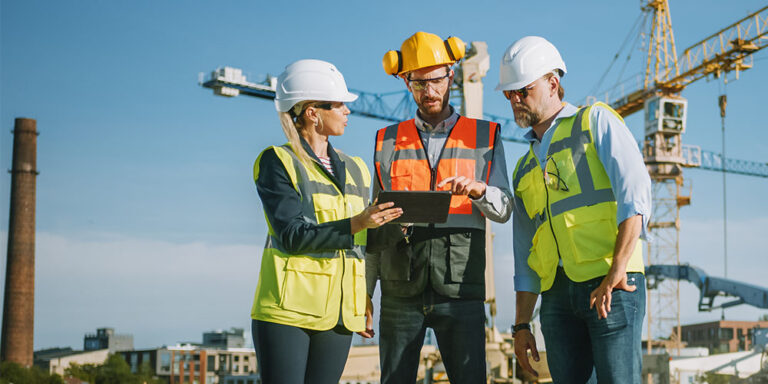
In construction, the ability to make informed, timely decisions is paramount. No longer is it sufficient to rely solely on historical data or reactive problem-solving. Enter artificial intelligence (AI), a transformative force that is fundamentally altering how civil construction project owners, C-suite executives and project managers approach planning, execution and risk mitigation.
This article discusses how AI is moving civil construction beyond traditional blueprints, offering predictive insights and data-driven baselines for greater project resilience.
Table of contents
AIs Transformative Power in Construction
At its core, AI's advantage over traditional methods lies in its unparalleled capacity to analyse vast amounts of data almost in an instant. Where human analysis might take hours or even days to process complex variables, AI can provide both useful and actionable insights in seconds. This capability is not just about speed; it's about depth and foresight.
Industry experts in civil construction highlight that AI can consider myriad factors that humans might overlook. For example, while a traditional job hazard analysis focuses on on-site conditions, an AI-powered safety application can integrate external data points, such as nearby school dismissal times, to identify potential traffic hazards around a jobsite. This shifts the paradigm from a "lessons learned" approach — reacting to issues after they occur — to proactively predicting and preventing problems before they manifest.
AI can analyse key external factors, like knowing the local school lets pupils out at 3 PM, affecting the flow of traffic around a jobsite. These are details you might not consider until an issue arises, but AI incorporates them, shifting us from reacting to preventing problems.

Preeya Selvarajah
Senior Product Marketing Manager
Procore
This predictive power is a game-changer for mitigating risk and loss. Project delays and cost overruns, two of the most significant challenges in civil construction, often stem from unforeseen complications. AI's ability to analyse trends and anticipate issues before they arise allows for more robust project planning and dynamic adjustments.
For instance, in large-scale infrastructure projects like bridge construction or highway expansions, AI can analyse historical weather patterns, equipment failure rates and material delivery schedules to predict potential bottlenecks weeks in advance. This allows project managers to reallocate resources or adjust timelines proactively, rather than reacting to a sudden delay.
The implications for driving efficiency and productivity are profound. By analysing trends to optimise crew sizes and equipment needs, AI empowers project teams to plan daily and weekly schedules with precision.
Or consider a major road resurfacing project: AI can analyse traffic flow data, asphalt delivery times and crew availability to create a dynamic schedule that minimises disruption and maximises paving output, adjusting in real-time to unforeseen traffic incidents or breakdowns.
For executives, this means optimising resource management and allocation with greater confidence, leading to a more streamlined and responsive workflow across the organisation.
For project managers on the ground, it means having a powerful tool that helps them achieve more with less, enabling them to focus on the intricate details of construction rather than being bogged down by manual data analysis.
- How AI is Reshaping Decision-Making and Project Resilience in Civil Construction
— 5 min read
How AI is Reshaping Decision-Making and Project Resilience in Civil Construction


By
Alex Six
and Marlissa Collier
Last Updated Jun 27, 2025
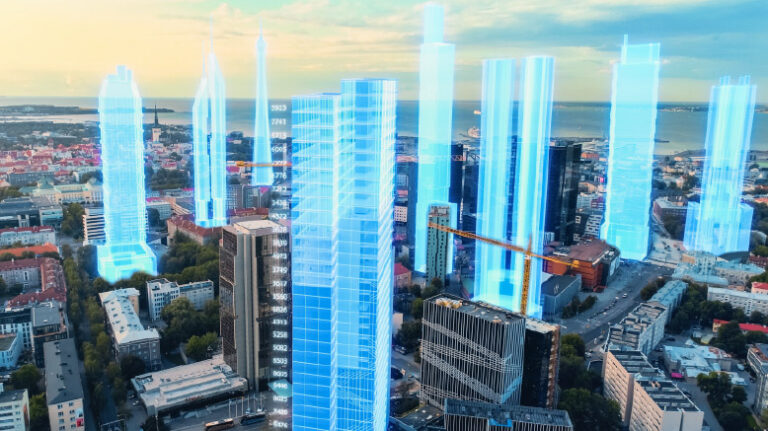
In construction, the ability to make informed, timely decisions is paramount. No longer is it sufficient to rely solely on historical data or reactive problem-solving. Enter artificial intelligence (AI), a transformative force that is fundamentally altering how civil construction project owners, C-suite executives and project managers approach planning, execution and risk mitigation.
This article discusses how AI is moving civil construction beyond traditional blueprints, offering predictive insights and data-driven baselines for greater project resilience.
Table of contents
AI's Transformative Power in Construction
At its core, AI's advantage over traditional methods lies in its unparalleled capacity to analyze vast amounts of data almost in an instant. Where human analysis might take hours or even days to process complex variables, AI can provide both useful and actionable insights in seconds. This capability is not just about speed; it's about depth and foresight.
Industry experts in civil construction highlight that AI can consider myriad factors that humans might overlook. For example, while a traditional job hazard analysis focuses on on-site conditions, an AI-powered safety application lcan integrate external data points, such as nearby school dismissal times, to identify potential traffic hazards around a jobsite. This shifts the paradigm from a "lessons learned" approach — reacting to issues after they occur — to proactively predicting and preventing problems before they manifest.
AI can analyze key external factors, like knowing the local middle school lets out at 3 PM, affecting the flow of traffic around a jobsite. These are details you might not consider until an issue arises, but AI incorporates them, shifting us from reacting to preventing problems."

Alex Six
Solution Specialist, C&I Industry Specialist
Procore Technologies
This predictive power is a game-changer for mitigating risk and loss. Project delays and cost overruns, two of the most significant challenges in civil construction, often stem from unforeseen complications. AI's ability to analyze trends and anticipate issues before they arise allows for more robust project planning and dynamic adjustments.
For instance, in large-scale infrastructure projects like bridge construction or highway expansions, AI can analyze historical weather patterns, equipment failure rates and material delivery schedules to predict potential bottlenecks weeks in advance. This allows project managers to reallocate resources or adjust timelines proactively, rather than reacting to a sudden delay.
The implications for driving efficiency and productivity are profound. By analyzing trends to optimize crew sizes and equipment needs, AI empowers project teams to plan daily and weekly schedules with precision.
Or consider a major road resurfacing project: AI can analyze traffic flow data, asphalt delivery times and crew availability to create a dynamic schedule that minimizes disruption and maximizes paving output, adjusting in real-time to unforeseen traffic incidents or breakdowns.
For executives, this means optimizing resource management and allocation with greater confidence, leading to a more streamlined and responsive workflow across the organization.
For project managers on the ground, it means having a powerful tool that helps them achieve more with less, enabling them to focus on the intricate details of construction rather than being bogged down by manual data analysis.
AI's ability to consume vast amounts of data and present various strategic scenarios is truly invaluable for complex decision-making.
Using AI for improved scheduling and forecasting helps owners and executives gain real-time visibility into project performance, facilitating more informed decision-making and significantly reducing reliance on reactive measures.
Human Expertise and AI: Building a Partnership
Integration of AI is not about wholesale replacement of human expertise. Instead, it's about striking a balance between AI-driven insights and indispensable human oversight.
Certain processes, particularly those involving financial approvals or nuanced judgments, still require human review for accuracy and accountability. AI provides baselines and suggestions, but human expertise remains essential for final decisions — making sure the technology serves as an augmentation rather than a substitute.
For example, while AI might generate an optimal resource allocation plan for a complex urban utility project, a seasoned project manager's local knowledge of specific site constraints or regulatory nuances might lead to a necessary human adjustment that the AI couldn't foresee.
The strategic goal is to streamline administrative tasks and data crunching, thereby freeing up skilled workers and project managers to focus on core construction activities, apply their invaluable craft skills and exercise their professional judgment where it matters most.
Driving efficiency, Productivity & Sustainability
Looking ahead, AI's role in civil construction extends to broader societal and environmental impacts. Its predictive capabilities can be harnessed for sustainability efforts, such as analysing reuse opportunities for materials like concrete in demolition projects, significantly reducing landfill waste and associated costs.
Environmental monitoring applications — including tracking deforestation, wildlife and climate patterns using drone imagery and AI analysis — can inform more responsible construction practices for projects in sensitive ecological areas.
Improved weather prediction capabilities, powered by AI, lead to better project planning, reducing downtime and optimising resource use, such as planning concrete pours around optimal temperature windows. By offering data-driven insights into these critical areas, AI positions civil construction to not only build the infrastructure of tomorrow but to do so with a greater commitment to environmental stewardship.
AI is transforming civil construction from a historically reactive industry to a future that is a proactive one. Superior data-driven insights and predictive capabilities enable more resilient projects, reduce risks and boost efficiency. The future of civil construction lies in embracing this powerful technology, not as a replacement for human ingenuity, but as an indispensable partner in building smarter, safer and more sustainable infrastructure.
Categories:
Written by

Preeya Selvarajah
Senior Product Marketing Manager | Procore
Preeya is a Senior Product Marketing Manager at Procore, where she leads go-to-market strategy, product positioning, and competitive intelligence across the APAC region. With nearly two decades of experience in enterprise SaaS, she has worked across construction management tech, industrial automation, telematics & fleet management, and ERP solutions, bringing domain expertise and a customer-centric approach to her work. At Procore, she partners with product, sales, and customer teams to articulate how Procore's platform capabilities such as digital project delivery, quality & safety, and construction financials drive measurable impact on-site and in the office. Preeya is passionate about helping construction businesses unlock digital transformation and make smarter, data-driven decisions at scale.
View profileExplore more helpful resources
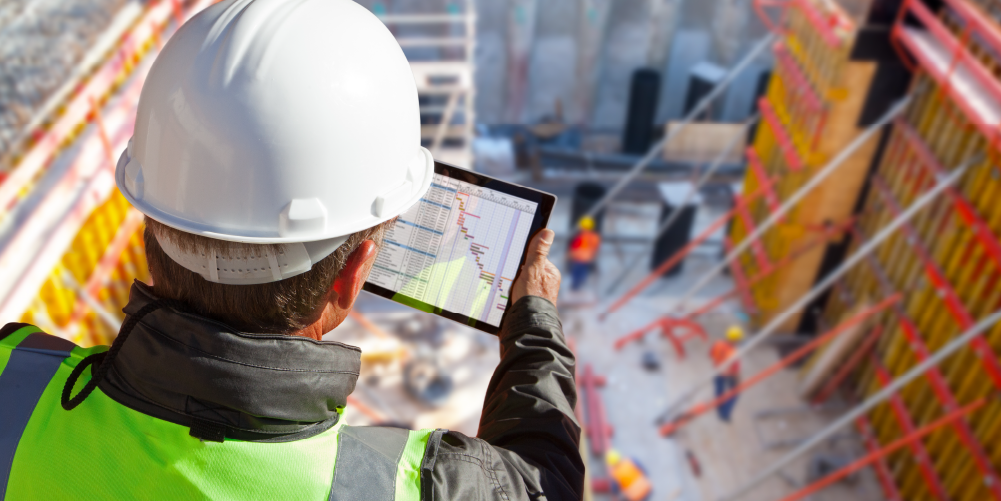
Managing Direct Costs in Construction: How Visibility Drives Profitability
Direct costs define the financial reality of every construction project. They cover the labour, materials, and equipment that drive delivery and determine profitability. But even the best-planned budgets can shift...
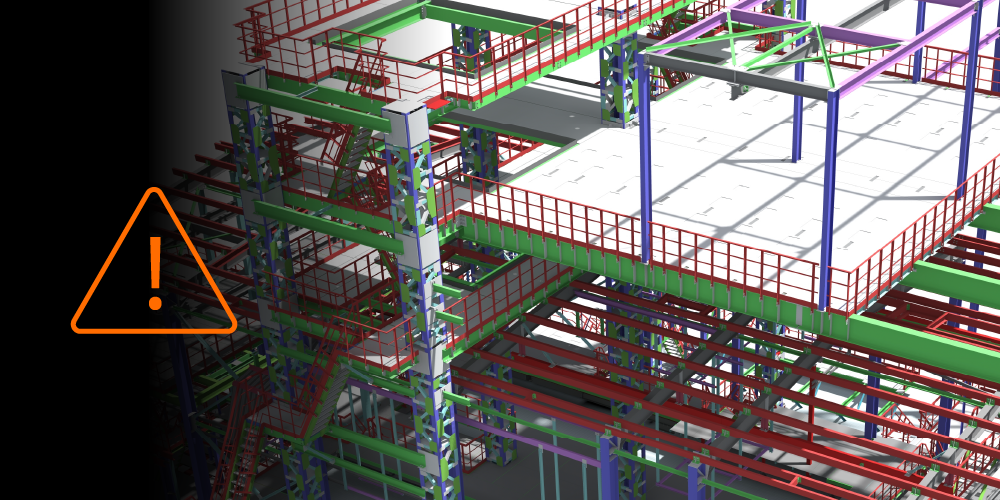
BIM Clash Detection: Reducing Rework, Delays, and Risk in Construction
Design clashes can be a significant hidden cost in construction, as each conflict between systems risks expensive rework, project delays, and reduced margins. BIM clash detection empowers teams to identify...

Next-Gen Job-Costing: Ready to Move? 5 Things to Consider Before You Get Started
In this three-part series, Quantity Surveyor turned Financial Solutions Specialist Clint Burgess uncovers the real-world gains for people, processes, and profits when businesses move from legacy to next-generation Enterprise Resource...
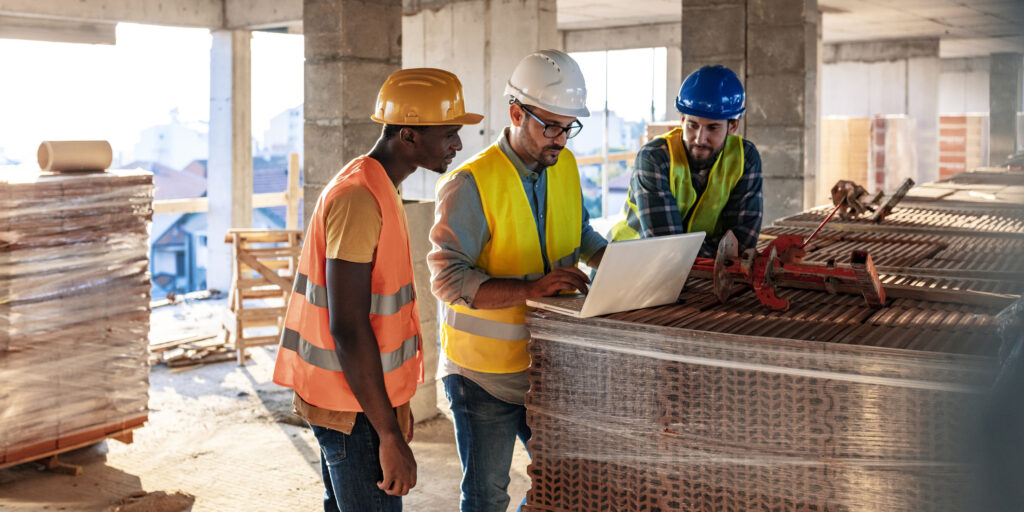
From Workarounds to Workflow: Solving Construction’s Legacy Job-Costing System Challenges with Next-Gen Tools
In this three-part series, Quantity Surveyor turned Financial Solutions Specialist Clint Burgess uncovers the real-world gains for people, processes, and profits when businesses move from legacy to next-generation Enterprise Resource...
